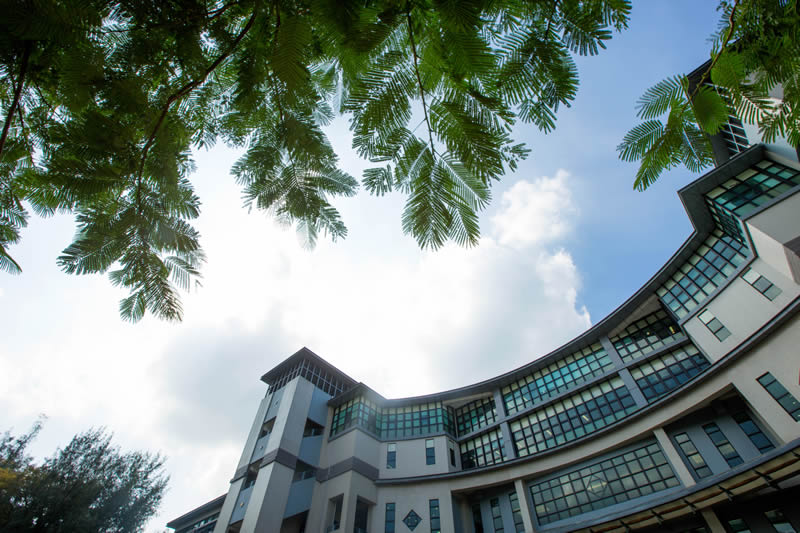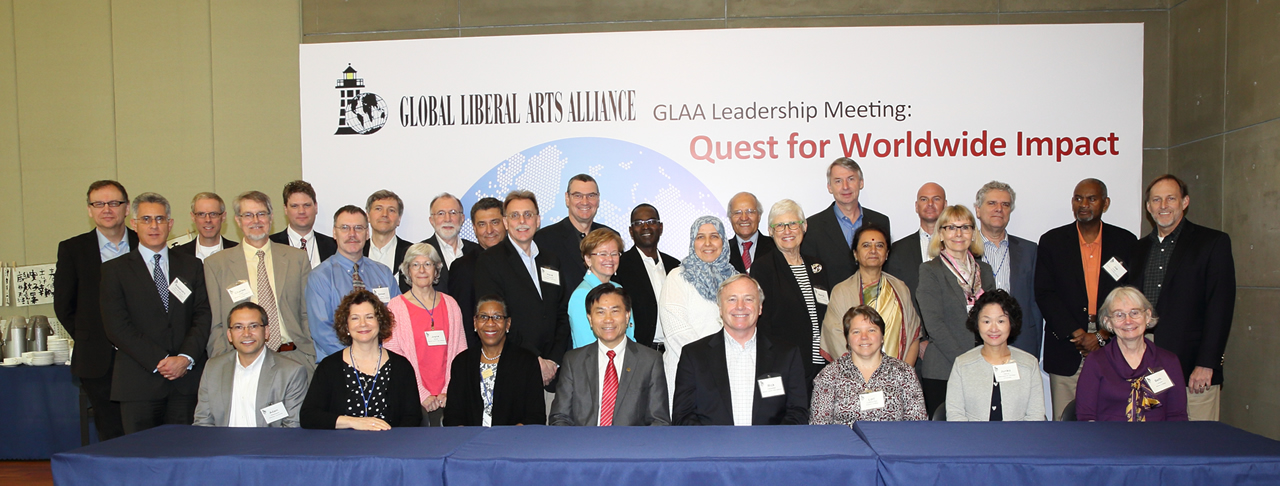Introduction |
Significant Achievements under Strategic Plan (2009-2016)
The Strategic Plan for 2009-16 was devised in the context of the 334 academic reform. Seizing the transition to a four-year system, the University successfully launched the 4-year 120-credit curriculum that provides a broad-based and all-round education for its undergraduates by consolidating its liberal arts elements.
Since 2009, the University has made significant progress in the six key strategic areas, viz. (1) Academic Development, (2) Research, (3) Student Development, (4) Institutional Advancement, (5) Academic Support Services and (6) Sub-degree and Continuing Education. Apart from launching the 4-year curriculum, the University achieved full residency in 2014 and was named by Forbes as one of the "Top 10 Liberal Arts Colleges in Asia" in 2015. Furthermore, the University has jumped by 33 places and is ranked 109th in the Quacquarelli Symonds (QS) University Rankings: Asia 2016, as compared to 142nd in 2015.

Academically, the University's efforts in the provision of a "high quality learning environment distinguished by small classes and close relationships between staff and fellow students" have been fully acknowledged by the Quality Assurance Council in its quality audit report: "The Audit Panel found much evidence of the University's commitment to achieve excellence through a liberal arts education and to provide a wide range of opportunities for whole-person development for it(s) students." The Audit Panel also endorsed Lingnan's "commitment to increase interdisciplinary learning opportunities", the University's initiative to ensure a systematic provision of general science courses by the establishment of a Science Division, and its balanced emphasis on teaching and research.
The Audit Panel also applauded the "value added to the University's atypical student body, which is realised through substantial financial and human investment in small classes and broad exposure of students to international and service-learning experiences".
On the research front, the Research Assessment Exercise (RAE) 2014 confirmed the University's research strengths and scholarship. In this exercise, a total of 124 Lingnan academic staff members submitted 481 items of research outputs for assessment in 13 cost centres under the three RAE panels in "Business & Economics", "Humanities" and "Social Sciences" respectively. Overall, Lingnan attained a 25.69% rating in the 4-star and 3-star categories combined, and some cost centres compared favourably with the sector-wide attainment in terms of the percentage of 4 stars and 3-plus-4 stars ratings. With the goal of elevating Lingnan's research achievements, the University will redirect its resources based on a range of strategic factors, including the cost centres' performance in the RAE, teaching, and contribution to Hong Kong. Specific cost centres will be identified for research pooling with other institutions in order to synergise research effort and enhance international recognition.
Strategic Plan for 2016-2022
The 334 academic reform has resulted in a massive transformation of Hong Kong's education system, bringing challenges and opportunities to the local tertiary education sector. Under the 4-year system, all other universities in Hong Kong have expanded their general education component. This has certainly undermined Lingnan's uniqueness in offering its liberal arts education, characterised by a broad-based curriculum. Thus, Lingnan will need to better differentiate itself by strengthening its education beyond the confines of the curriculum.

At the same time, tertiary institutions in the region and beyond are making headway in enhancing their international competitiveness; some have set up branch campuses or formed strategic alliances in China and the region. International league tables are now a routine source of information on the relative standing of universities worldwide. Notwithstanding their inherent limitations, prospective students, parents, education advisors, government officials and society at large do take ranking outcomes seriously. As a small institution focussing on undergraduate education, Lingnan is at a disadvantage in terms of rankings, especially when compared with research-intensive universities. As such, there is a risk that Lingnan's quality education and research might not be positively reflected in these ranking exercises, to the detriment of its ability to compete for students, faculty and resources.
With these formidable challenges in mind, the University has to plan strategically. The new plan was thus developed with reference to the 2014 RAE results, the 2016-19 ADPs exercise and outcomes, the preparation for the 2016 QAC audit and the quality audit report, as well as the aforementioned risks. Only by drawing on all the relevant information and ruminating over the implications of the dynamics of the local and global tertiary education sectors can the University be well positioned to formulate a plan that will steer it to the next level of excellence.
Planning, Consultation and Approval Process
Led by the President, a Steering Group was formed in September 2015 to devise the Strategic Plan for 2016-2022. Among other things, the Group examined the positioning of Lingnan in terms of the external environment and internal strengths and weaknesses, reviewed the key strategic areas and identified strategic goals for each area. After a draft Strategic Plan was formulated in late 2015, wide consultation was conducted through open forums, management retreat and formal meetings to collect views and suggestions from various University stakeholders including staff, students, Council and Court members. A revised version incorporating these comments and suggestions as well as recommendations of the QAC quality audit report were then endorsed by the Senate in late May 2016 and approved by Council in August 2016.
The terms of reference and membership of the Steering Group are provided in Appendix 1.

